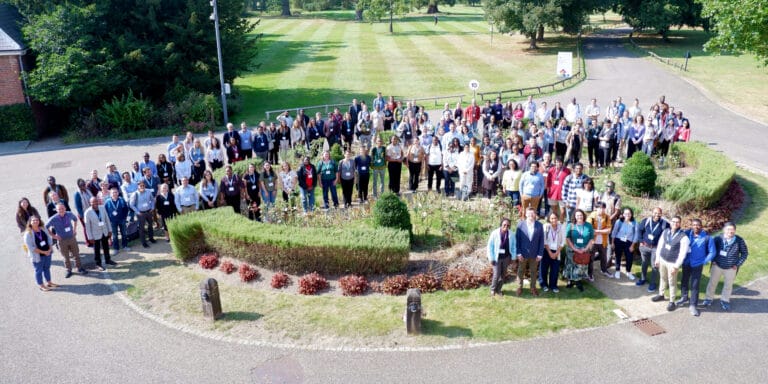The study aimed to document evidence in support of the Malaria hypothesis, proposed by J.B.S. Haldane at the 8th International Congress of Genetics in Stockholm in 1948, which suggested that the identical geographic distribution of both falciparum malaria and thalassemia in the mediterranean region suggests that the heterozygous individuals for thalassemia might have greater resistance to malarial infection. The malaria hypothesis has since been supported by both population and laboratory studies, but the original observations of a geographical overlap between frequency of the gene and malaria prevalence have never been tested beyond simple visual comparisons at the global scale.
This study began by updating previous data collections with online searches of the published literature, which were augmented using unpublished data from MalariaGEN and then used modern mapping techniques to create a map of the global frequency of the gene. The map was then compared with the distribution and intensity of malaria before widespread malaria control.
The study showed that the sickle cell gene is most common in sub-Saharan Africa, the Middle East and India, and that the areas of high frequency of this gene are coincident with historically high levels of malaria, thus confirming that the malaria hypothesis is correct at the global scale.
Publication
Piel et al. Global distribution of the sickle cell gene and geographical confirmation of the malaria hypothesis. Nat Commun. 2010 Nov 2;1:104.



